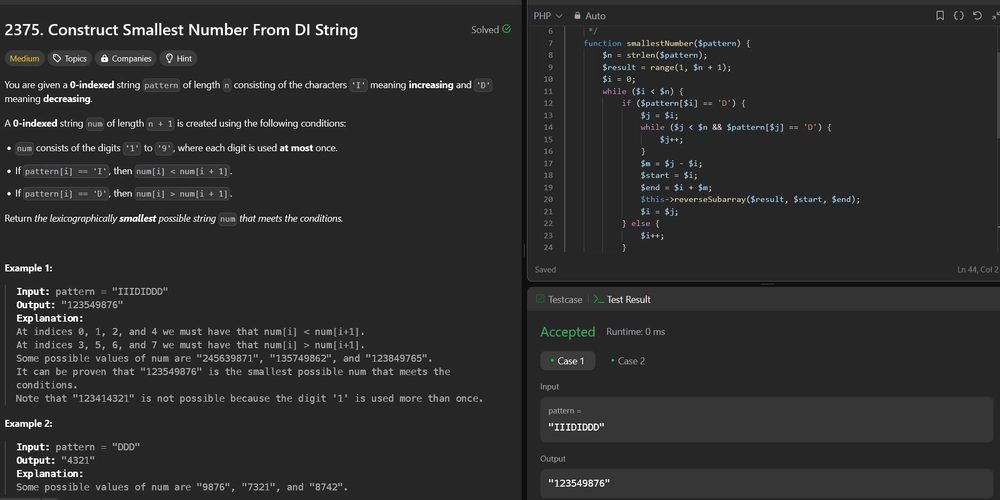Sentiment Analysis with Watson Embedded AI Library
Over the past few days, I have been learning how to utilize AI in sentiment analysis to help businesses make profit. What is Sentiment Analysis? Glad you asked, but before I get into it let me paint a picture. Imagine owning a clothing line, with an e-commerce application where users can shop for your cloths. You are making small profit and business is great, but that is not enough, the aim is to keep growing and innovating. You start reeling in a variety of items into the market like accessories, hair products, animal care products etc. With different new items in the market and thousands of customers, it is hard to know how the majority feel about the new products, and what the next steps should be. Enter Sentiment Analysis. This is a way in which businesses could utilize AI in identifying how customers rate products from their comments. It uses Natural Language Processing (NLP) to gain insights from text data. AI returns a variety of data with the important ones being "label" and "score". Label represents the emotion spectrum of the customer comment, with results being "SENT_NEGATIVE", "SENT_POSITIVE" or "NEUTRAL". And score being the percentage of the sentiment from 0 - 1. A typical score could be 0.89 which shows a high positive feedback; a score of -0.72, which signifies negative feedback and a score of 0, which shows neutral feedback. Let us look at implementation using Python and Watson IBM Embedded libraries. Firstly, sign into IBM, search for Watson ai and get started with their product. Create an IBM Cloud Account Visit the IBM Cloud website. Sign up for a free account if you don't have one. Create an instance of the IBM watsonx.ai Install IBM watsonx.ai SDK Open a terminal in Visual Studio Code. This article is about Python, so we will use: pip install ibm-watsonx-ai For permission issues, try. sudo -H pip install --ignore-installed six ibm-watson For problems installing the SDK in DSX try !pip install --upgrade pip Setup Your Project Create a new project folder in VS Code. Create a file for your script, for example, sentiment_analysis.py for Python. Connecting to IBM Open your script file. Write the following sample code for Python to initialize and authenticate with Watson: from ibm_watson import AssistantV2 from ibm_cloud_sdk_core.authenticators import IAMAuthenticator api_key = 'YOUR_API_KEY' url = 'YOUR_SERVICE_URL' # In the constructor, letting the SDK manage the token authenticator = IAMAuthenticator('apikey', url='') # optional - the default value is https://iam.cloud.ibm.com/identity/token assistant = AssistantV2(version='2024-08-25', authenticator=authenticator) assistant.set_service_url('') response = assistant.create_session(assistant_id='YOUR_ASSISTANT_ID') .get_result() print(json.dumps(response, indent=2)) _ Run your script with 'F5' or using the terminal with the command _ python3.11 sentiment_analysis.py Install the necessary libraries pip install json requests Sentiment analysis code implementation import requests import json def sentiment_analyzer(text_to_analyse): url = 'https://sn-watson-sentimentbert.labs.skills.network/v1/watson.runtime.nlp.v1/NlpService/SentimentPredict' header = {"grpc-metadata-mm-model-id": "sentiment_aggregated-bert-workflow_lang_multi_stock"} myobj = { "raw_document": { "text": text_to_analyse } } response = requests.post(url, json = myobj, headers=header) formatted_response = json.loads(response.text) label = formatted_response['documentSentiment']['label'] score = formatted_response['documentSentiment']['score'] return { "label":label, "score":score } The code takes in the provided comment as a string and returns the label and score value for them in a dictionary format. Run the code in the python terminal by typing python 3.11 >>> from sentiment_analysis import sentiment_analyzer >>> sentiment_analyzer("I do not like this technology") The result is the label and the score depicting the tone of the user's comment.

Over the past few days, I have been learning how to utilize AI in sentiment analysis to help businesses make profit. What is Sentiment Analysis? Glad you asked, but before I get into it let me paint a picture. Imagine owning a clothing line, with an e-commerce application where users can shop for your cloths. You are making small profit and business is great, but that is not enough, the aim is to keep growing and innovating. You start reeling in a variety of items into the market like accessories, hair products, animal care products etc.
With different new items in the market and thousands of customers, it is hard to know how the majority feel about the new products, and what the next steps should be. Enter Sentiment Analysis. This is a way in which businesses could utilize AI in identifying how customers rate products from their comments. It uses Natural Language Processing (NLP) to gain insights from text data. AI returns a variety of data with the important ones being "label" and "score". Label represents the emotion spectrum of the customer comment, with results being "SENT_NEGATIVE", "SENT_POSITIVE" or "NEUTRAL". And score being the percentage of the sentiment from 0 - 1. A typical score could be 0.89 which shows a high positive feedback; a score of -0.72, which signifies negative feedback and a score of 0, which shows neutral feedback.
Let us look at implementation using Python and Watson IBM Embedded libraries. Firstly, sign into IBM, search for Watson ai and get started with their product.
Create an IBM Cloud Account
- Visit the IBM Cloud website.
- Sign up for a free account if you don't have one.
- Create an instance of the IBM watsonx.ai
Install IBM watsonx.ai SDK
- Open a terminal in Visual Studio Code.
- This article is about Python, so we will use:
pip install ibm-watsonx-ai
For permission issues, try.
sudo -H pip install --ignore-installed six ibm-watson
For problems installing the SDK in DSX try
!pip install --upgrade pip
Setup Your Project
- Create a new project folder in VS Code.
- Create a file for your script, for example, sentiment_analysis.py for Python.
Connecting to IBM
- Open your script file.
- Write the following sample code for Python to initialize and authenticate with Watson:
from ibm_watson import AssistantV2
from ibm_cloud_sdk_core.authenticators import IAMAuthenticator
api_key = 'YOUR_API_KEY'
url = 'YOUR_SERVICE_URL'
# In the constructor, letting the SDK manage the token
authenticator = IAMAuthenticator('apikey',
url='') # optional - the default value is https://iam.cloud.ibm.com/identity/token
assistant = AssistantV2(version='2024-08-25',
authenticator=authenticator)
assistant.set_service_url('')
response = assistant.create_session(assistant_id='YOUR_ASSISTANT_ID')
.get_result()
print(json.dumps(response, indent=2))
_
Run your script with 'F5' or using the terminal with the command _
python3.11 sentiment_analysis.py
Install the necessary libraries
pip install json requests
Sentiment analysis code implementation
import requests
import json
def sentiment_analyzer(text_to_analyse):
url = 'https://sn-watson-sentimentbert.labs.skills.network/v1/watson.runtime.nlp.v1/NlpService/SentimentPredict'
header = {"grpc-metadata-mm-model-id": "sentiment_aggregated-bert-workflow_lang_multi_stock"}
myobj = { "raw_document": { "text": text_to_analyse } }
response = requests.post(url, json = myobj, headers=header)
formatted_response = json.loads(response.text)
label = formatted_response['documentSentiment']['label']
score = formatted_response['documentSentiment']['score']
return {
"label":label, "score":score
}
The code takes in the provided comment as a string and returns the label and score value for them in a dictionary format.
Run the code in the python terminal by typing
python 3.11
>>> from sentiment_analysis import sentiment_analyzer
>>> sentiment_analyzer("I do not like this technology")
The result is the label and the score depicting the tone of the user's comment.




















































%20Abstract%20Background%20112024%20SOURCE%20Amazon.jpg)






















































































































![[The AI Show Episode 142]: ChatGPT’s New Image Generator, Studio Ghibli Craze and Backlash, Gemini 2.5, OpenAI Academy, 4o Updates, Vibe Marketing & xAI Acquires X](https://www.marketingaiinstitute.com/hubfs/ep%20142%20cover.png)
























































































































































































































































-Nintendo-Switch-2-–-Overview-trailer-00-00-10.png?width=1920&height=1920&fit=bounds&quality=80&format=jpg&auto=webp#)





















_Anna_Berkut_Alamy.jpg?#)













































































































![YouTube Announces New Creation Tools for Shorts [Video]](https://www.iclarified.com/images/news/96923/96923/96923-640.jpg)





































































![[Weekly funding roundup March 29-April 4] Steady-state VC inflow pre-empts Trump tariff impact](https://images.yourstory.com/cs/2/220356402d6d11e9aa979329348d4c3e/WeeklyFundingRoundupNewLogo1-1739546168054.jpg)





























































